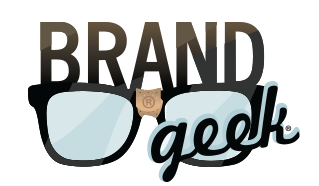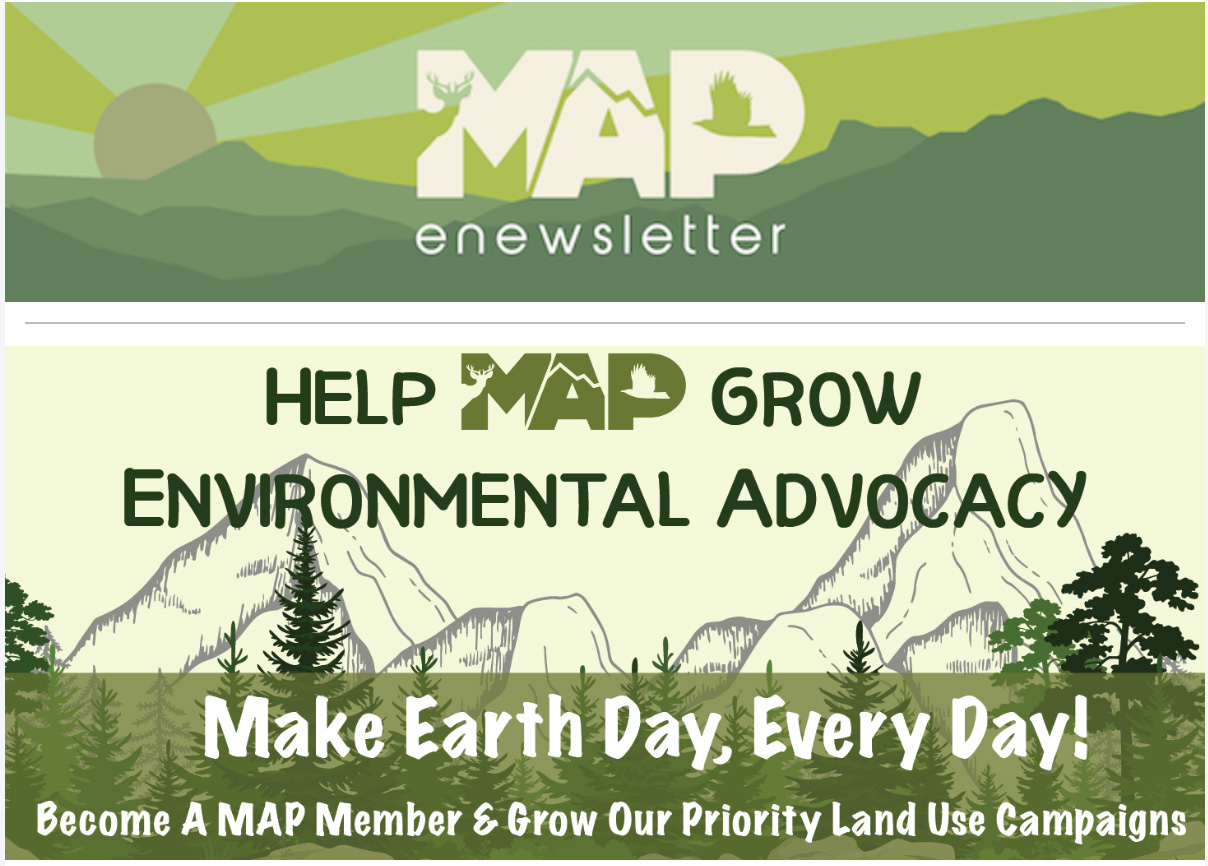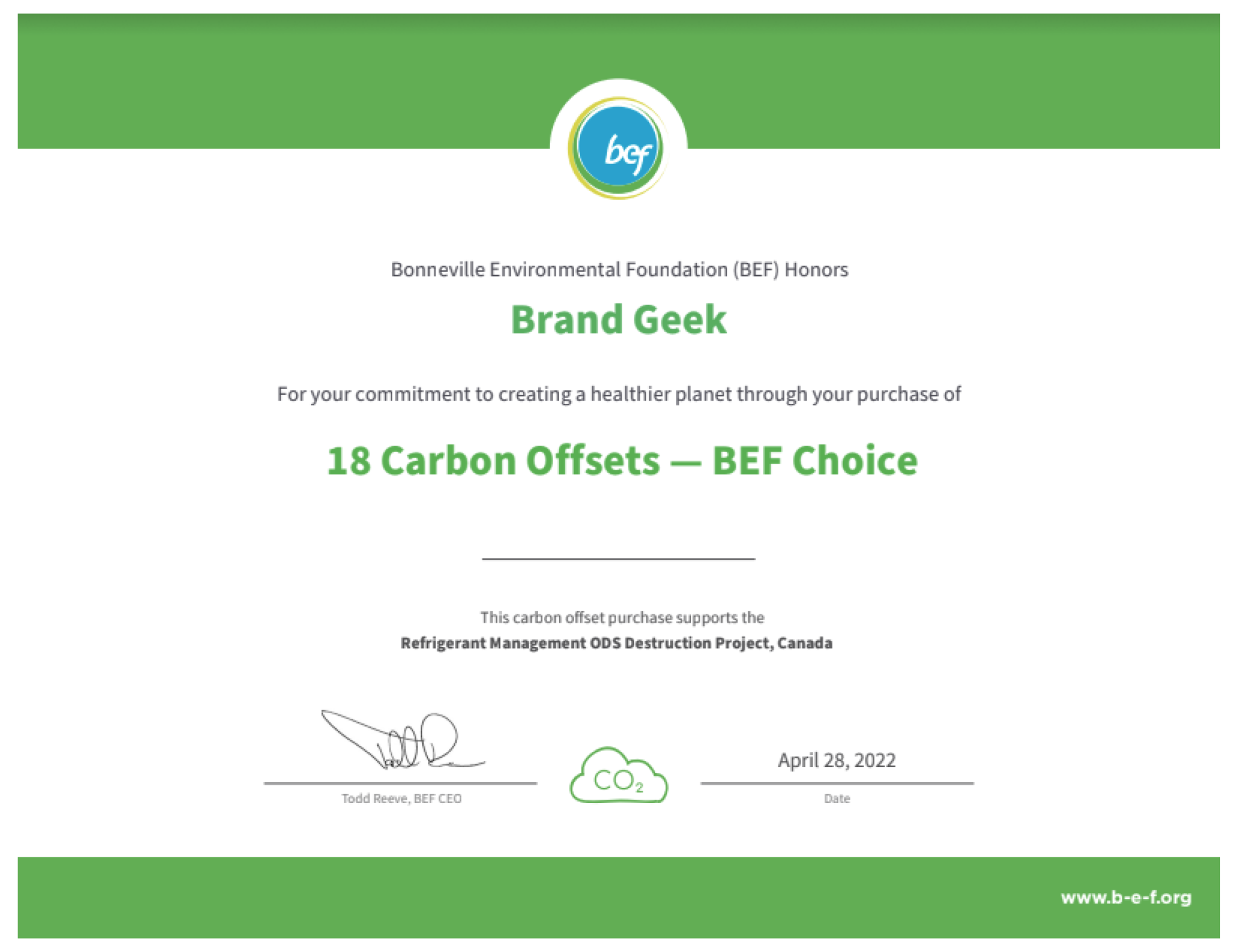Brandgeek proudly supports Mountain Area Preservation and is humbled to be…
SVN Workshop — Expanding your Brand’s Reach
I attended a workshop this afternoon called Building a Brand: Crafting the Messages that Expand Your Markets and Customer Base. The workshop was hosted by three panelists: Nettie Hartsock of the Hartsock Agency; Laura Dillinger of the Metropolitan Group; and Billy Sind from Group SJR. Nettie has expertise in storytelling in ways that attract journalists’ attention. Laura’s forte is harnessing the power of voice and communicating it through brand strategy & development. Billy brings market research, PR, and digital content strategies to the table, emphasizing that brand messaging should be consistent, opportune, and competitive.
Nettie calmed the crowd by assuring us that many of her clients also experience post-traumatic-social-media-disorder, even when they haven’t yet used all the tools available to promote their brands on-line. She stated that it important to shine on-line, especially because many journalists source stories from the internet.
Laura shared that when a company has a multitude of offerings (like RSF Social Finance), it has to decide whether it wants to be a branded house, like Clif Bar or a house of brands, like Inventure Foods. She recommended that established businesses review the body of content they have & select that which tells their story the best. Laura also emphasized that there must be congruency in your company’s content.
Nettie recommended following journalists on Twitter who cover your sector. She also suggested reviewing print publications, conducting simple Google searches, and searching the websites Mediaite.com (lists of journalists) and muckrack.com (twitter press releases) to locate journalists in your space. Nettie conveyed how easy it can be to become the expert and the go-to person in your space, simply by positioning yourself well in relation to journalists who might quote you or use you as a source.
The panelists also encouraged us to identify the shared value basis of everyone in our audience group.
Billy suggested we consider how our language conveys what we’re doing, why it matters, and how we’re going about addressing it. Doing this well will motivate folks to take action around something that they already care about rather than trying to make them care about something. David stressed the importance of empowering people to take action.
Josh Knauer from Rhiza Labs suggested audio and video storytelling on-line. Nettie supported Josh’s recommendation, stating that members of the press are looking for someone who can talk on camera for 90 seconds to 2 minutes at a time, so if you can position yourself well on YouTube, etc., you may become known as the expert in that field.
Billy emphasized that the elevator pitch has become more important than ever. He reminded us to make our content accessible and compelling since nowadays people get their news from headlines. Context has changed because of technology; context should dictate how we package the information that we put out there.
Overall, the panelists provided heaps of helpful tidbits (many listed here) to help us achieve our marketing dreams on-line.
 Credibility is key in developing new client or customer relationships. You can develop credibility by becoming an expert in your field. Positioning yourself well on-line is one way to establish credibility.
Credibility is key in developing new client or customer relationships. You can develop credibility by becoming an expert in your field. Positioning yourself well on-line is one way to establish credibility.




Lara,
One of the fastest growing social networks right now is Pinterest. I have to admit I’ve become addicted to it as well, and I’m enjoying looking at all the fun or beautiful images on the site (especially climbing!). I’m curious what your opinion is on the legality of the site from a copyright perspective. Some professionals, such as photographers, are concerned about the free distribution of their images, often without giving credit. Do you think Pinterest is doomed because of these issues, or can it live in harmony with copyright laws? Check out their terms of service, they’d certainly scare away any professional who owns valuable image content. I wrote a blog post about using Pinterest for business and got an interesting comment from a photographer about their terms of service and how she finds the site offensive to her rights as a content owner. Her comments are located here: http://www.dragonsearchmarketing.com/using-pinterest-for-business-social-media-marketing-strategies/
I’d love to hear your professional opinion…perhaps this is fodder for a new blog post by you?
Thanks for the comment, Janette. Thanks as well for sharing your post on Pinterest; thank you for linking it here. I admit, I have yet to use or even visit Pinterest, mostly for lack of time and the fear that it will create an ADD flare-up. That said, I have been following the news about it and how it changed its Terms of Use Agreement (TUA) to reduce the likelihood that it will be sued for the massive copyright infringement (whether willful, negligent or innocent) taking place on the site. Many people don’t understand that the internet and the public domain are not the same thing, just as attribution is not the same thing as licensing. The Creative Commons (a future Brandvangelism post for sure!) is wonderful because it allows content owners to mass-license their works under certain conditions and for specific purposes without the necessity of formal written licenses. While the express terms of Pinterest’s current TUA place copyright infringement liability squarely on the shoulders of the pinners, I think Pinterest’s activities expose it to vicarious liability for copyright infringement. Pinners beware though, Pinterest undoubtedly will feed you to the fire if (when?) it comes down to you or them.